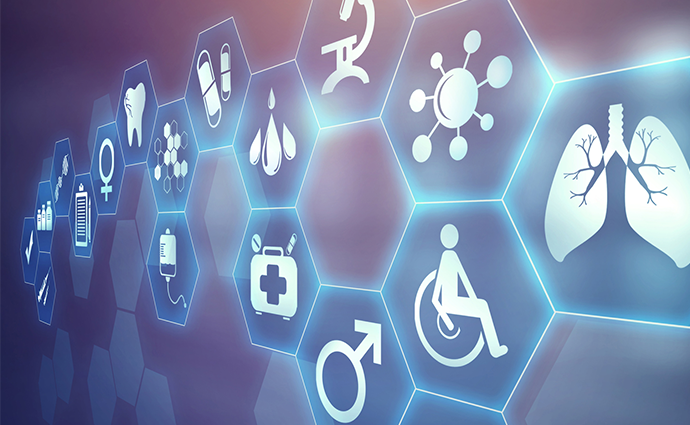USC Doctor Combines Telehealth and, Um, Maggots to Treat a Patient
USC's David Armstrong mixed New World telemedicine with Old World medicine to treat a patient with a serious arm injury, avoiding a run-in with sepsis and potentially saving the man's life.

Source: ThinkStock
- In what may have been the first procedure of its kind, a California physician recently used a telehealth platform to debride a patient’s wound with maggots, thereby saving the patient’s limb and, potentially, his life.
The process was performed by David Armstrong, DPM, PhD, so-director of the limb salvage program at the University of Southern California’s Keck School of Medicine. Armstrong decided to combine high-tech telemedicine with Old School medicine after an analysis of a patient’s arm revealed the wound was 46 percent necrotic.
According to a USC news release, Armstrong, a professor of clinical surgery, has been working with lucliia sericata for more than 25 years. Calling them “nature’s microsurgeons,” he introduces the maggots, which are larvae from the common green bottle fly, to clean out dead tissue in a wound without harming the live tissue.
“They do a great job,” Armstrong said, adding that the treatment is painless and “you don’t have to tell them what to do 24/7.”
That last comment became an important part of the decision to use telehealth.
According to Armstrong, this particular patient was living with diabetes and was dealing with repeated bouts of pneumonia. Combined with those comorbidities, the necrotic tissue in his arm put him at a very high risk for sepsis, which could easily lead to death.
Armstrong would normally have sent the patient to the nearest emergency department, but the COVID-19 crisis made that option difficult. So he shipped a package of specially bred larvae to the patient’s home, then had a 20-minute video chat with the patient’s home care nurse to apply the larvae and cover it with a dressing. Two days later, he held a 15-minute video session with the nurse to change the dressing.
Surprisingly enough, neither patient nor nurse were apprehensive about the treatment.
“It somehow draws them in,” Armstrong said. “People actually light up. Most people have read about using maggots and leeches and they’re curious.”
According to Armstrong, in two days the maggots reduced the amount of necrotic tissue in the patient’s arm from 46 percent to 14 percent. After another application, the wound was down to less than 1 percent dead tissue.
While maggots and leeches might not fit into a healthcare provider’s medicine bag with any regularity, Armstrong said the experience shows that connected health platforms can be used to enhance innovation and improve care in unexpected ways.
“This has a huge potential to make sure we’re making thoughtful use of hospital resources while increasing the patient’s access to care and offering them a better quality of life,” he said.
